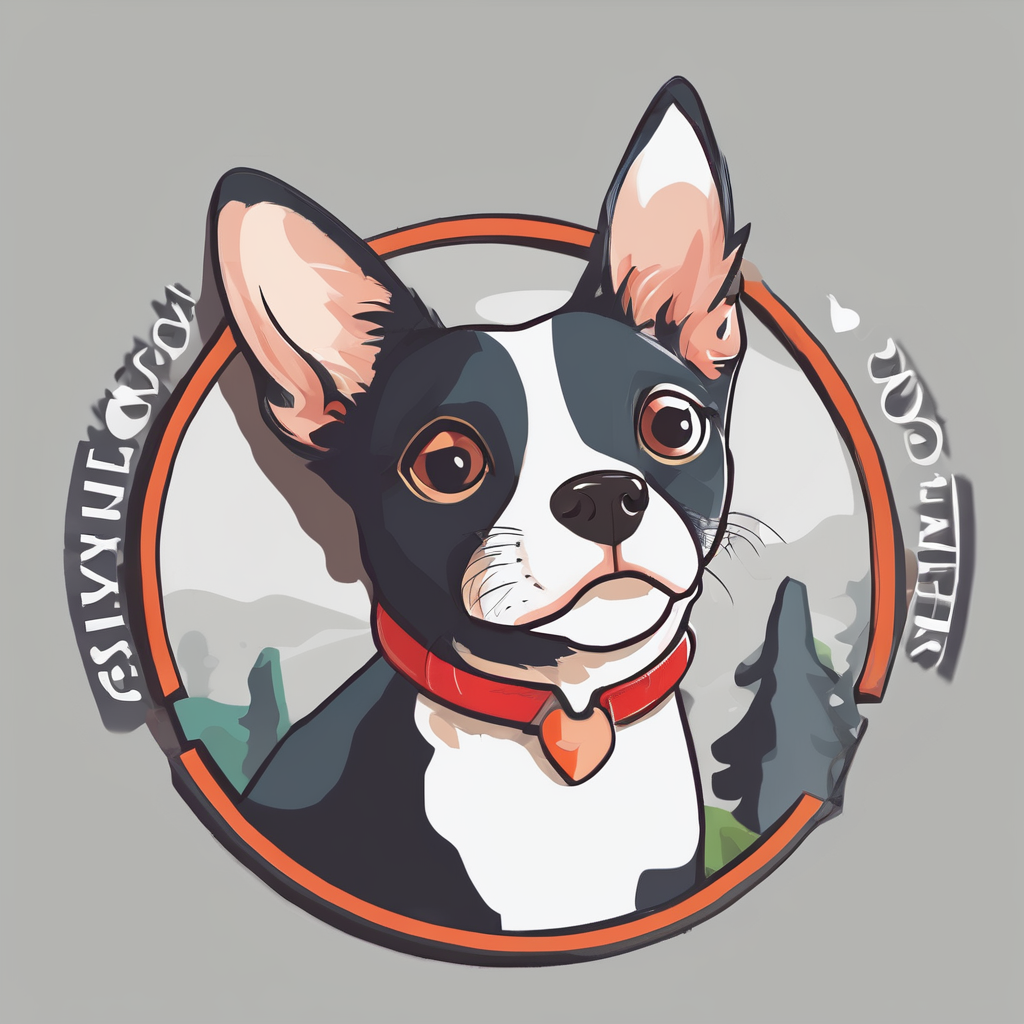Overview of Arthritis in Senior German Shepherds
Arthritis is a common condition in senior dogs, particularly in breeds like German Shepherds. This ailment is characterized by the inflammation of joints, which can lead to pain and decreased mobility. The primary cause of arthritis in dogs is the natural wear and tear of joint cartilage occurring as they age.
When assessing arthritis in senior dogs, it’s essential to recognise specific symptoms particularly prevalent in German Shepherds. These symptoms include limping, stiffness, or noticeable discomfort during movement. You might also observe difficulty in climbing stairs or rising from a seated position, signalling reduced agility.
Cela peut vous intéresser : Empower your american bulldog: proven techniques to overcome fear-driven aggression
Understanding canine arthritis is crucial for pet owners, as early detection can significantly improve management and quality of life. Consult a veterinarian if you notice any changes in your dog’s behaviour or activity. Veterinary guidance can help identify arthritis early and recommend effective treatment options, such as nutritional supplements or physiotherapy, to ease discomfort.
By being vigilant and responsive, you can ensure that your German Shepherd receives the care needed to manage arthritis symptoms and maintain a comfortable life. Early intervention and understanding are key to supporting your pet.
A lire également : Essential strategies for keeping your siberian husky secure in the yard while maximizing their exercise fun!
Recommended Exercises for Senior German Shepherds
When it comes to exercises for senior dogs, especially those dealing with arthritis, it’s essential to focus on low-impact activities that are gentle yet effective. Older dogs, like senior German Shepherds, can greatly benefit from arthritis-friendly activities that help maintain their mobility without causing unnecessary stress on their joints.
Mobility exercises are particularly valuable, allowing your pet to retain strength and flexibility. Gentle walks are an excellent choice, offering not only physical benefits but also mental stimulation. Try to keep these walks on soft, even surfaces to minimize strain. Swimming is another fantastic low-impact exercise that supports joint health while providing a full-body workout. However, always ensure water safety and supervision for your furry friend.
The importance of consistency in these exercise routines cannot be overstated. Regularly engaging in arthritis-friendly activities helps reinforce muscle strength and mobility, making a marked difference in their quality of life. Moreover, customized exercise plans tailored to individual needs and abilities can address specific health concerns and ensure optimal fitness. Collaborating with a veterinarian to develop these plans can provide guidance and confidence in your pet’s tailored fitness regimen.
Pain Management Techniques
When it comes to pain relief for dogs, particularly those suffering from arthritis, a variety of methods can be employed to manage discomfort effectively.
Pharmaceutical interventions often serve as the first line of defence. Medications for canine arthritis, such as non-steroidal anti-inflammatory drugs (NSAIDs), play a crucial role in reducing inflammation and pain, enhancing the dog’s quality of life. However, it’s essential to administrate these with veterinary guidance due to potential side effects.
In addition to traditional medications, alternative therapies offer promising avenues for relief. Acupuncture has gained popularity as a method to alleviate arthritis pain by stimulating the body’s natural pain-relieving processes. Physical therapy, meanwhile, aids in maintaining joint flexibility and muscle strength, reducing discomfort over time.
Complementing these treatments are behavior modification techniques. By adjusting daily activities, such as scheduling regular, gentle exercise and ensuring comfortable sleeping arrangements, owners can significantly bolster their dog’s well-being.
Integrating these diverse approaches ensures a comprehensive strategy for arthritis pain management, catering to the unique needs of each dog and fostering a happier, more active life.
Nutritional Advice for Joint Health
Joint health nutrition is crucial, especially for senior German Shepherds, who are prone to arthritis and other joint issues. A diet rich in omega-3 fatty acids can significantly help in reducing inflammation. These can be found in fish oil or flaxseed oil supplements, which are highly recommended for arthritic dogs.
In addition to fatty acids, glucosamine and chondroitin are essential supplements for arthritis, promoting cartilage repair and slowing down its degeneration. Both can be administered through specific dog supplements or joint-friendly treats.
Incorporating antioxidant-rich foods, such as blueberries and green leafy vegetables, can further aid in reducing joint inflammation. These foods not only enhance overall health but specifically target oxidative stress, which exacerbates arthritis symptoms.
Weight management plays a pivotal role in alleviating the pressure on joints. Maintaining an ideal weight through portion control and regular physical activity reduces strain on the joints, thus diminishing pain and discomfort. A correctly portioned diet, focusing on lean proteins and a balanced nutrient intake, is essential for managing the weight effectively while ensuring joint health.
By combining these dietary strategies, you can support the long-term mobility and well-being of your beloved German Shepherd.
Preventive Care for Aging German Shepherds
As dogs age, their needs change considerably, which is why elderly dog care becomes increasingly vital. Among the top concerns for senior dogs is arthritis, making the focus on preventing arthritis in dogs essential for maintaining quality of life.
Regular veterinary check-ups play a crucial role in detecting early signs of arthritis. Through consistent monitoring and guidance, vets can recommend specific interventions, helping to delay or manage the onset of joint issues.
Creating an environment that supports mobility can significantly aid senior German Shepherds. Consider adding non-slip flooring or ramps to minimise the strain on their joints. These environmental adjustments can prevent accidents and make everyday activities more comfortable.
Early intervention strategies provide multiple benefits in the context of managing arthritis. By integrating a tailored mix of diet, physical therapy, and medications, owners can help sustain their dog’s activity levels and comfort. Such long-term management strategies offer a proactive approach to a healthier and more fulfilling senior life.
Employing these measures ensures your German Shepherd receives the optimal care they deserve in their golden years, securing their well-being through strategic preventive efforts.
Expert Opinions and Success Stories
Dog arthritis is a condition that often requires both expert guidance and real-world solutions. Veterinarian advice is crucial in managing arthritis, emphasising personalised care plans based on individual dog needs. Insights from professionals often highlight the importance of diet, exercise, and medication in successfully addressing the condition.
Real-life success stories further illustrate this point. Through various case studies on dog arthritis, many owners have observed significant improvements in their pets’ mobility and comfort. For example, some have reported success by incorporating hydrotherapy and acupuncture into their dogs’ routines, showcasing alternative methods alongside traditional treatments.
The value of shared experiences can be profound. These narratives not only provide hope but also practical tactics, potentially reducing trial and error for others on similar journeys.
Key takeaways from expert interviews indicate that early diagnosis and tailored treatments are vital. Consistent monitoring and adjusting of care strategies ensure optimal outcomes and enhanced quality of life for affected dogs. These strategies serve as a roadmap for those seeking efficient management of this common canine ailment.
Frequently Asked Questions
Caring for a dog with arthritis can raise several common concerns. Let’s address some misconceptions and provide expert insights.
Common Misconceptions
A prevalent myth is that arthritis only affects older dogs. In reality, arthritis can develop in younger dogs due to factors like injury or genetics. Another misconception is believing that rest alone will alleviate symptoms. While rest is important, controlled exercise and weight management are crucial for maintaining joint health.
Medication Side Effects
A frequent concern is the side effects of arthritis medications. It’s essential to consult your vet to minimise risks. Non-steroidal anti-inflammatory drugs (NSAIDs) are commonly prescribed, but they can lead to gastrointestinal issues. Always administer medication as directed and report any adverse reactions promptly.
Improving Quality of Life
Improving your dog’s quality of life involves more than medication. Consider these strategies:
- Maintain a healthy weight through balanced nutrition.
- Engage in low-impact exercises like swimming or leash walking.
- Provide a comfortable sleeping area with orthopaedic bedding.
Addressing these common concerns can enhance your pet’s quality of life. Regular vet check-ups and proactive management are vital in navigating dog arthritis effectively.











